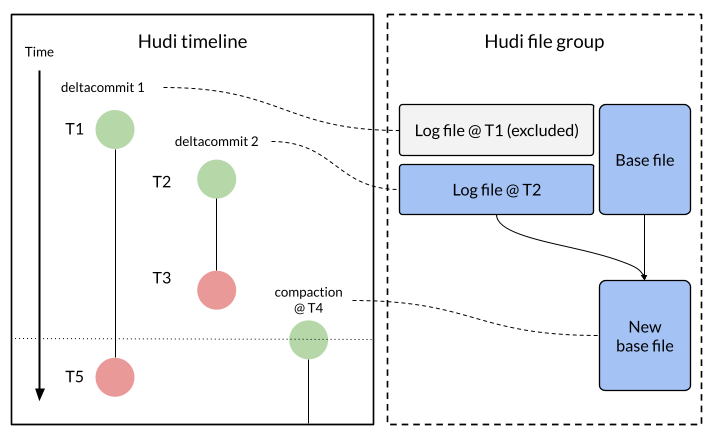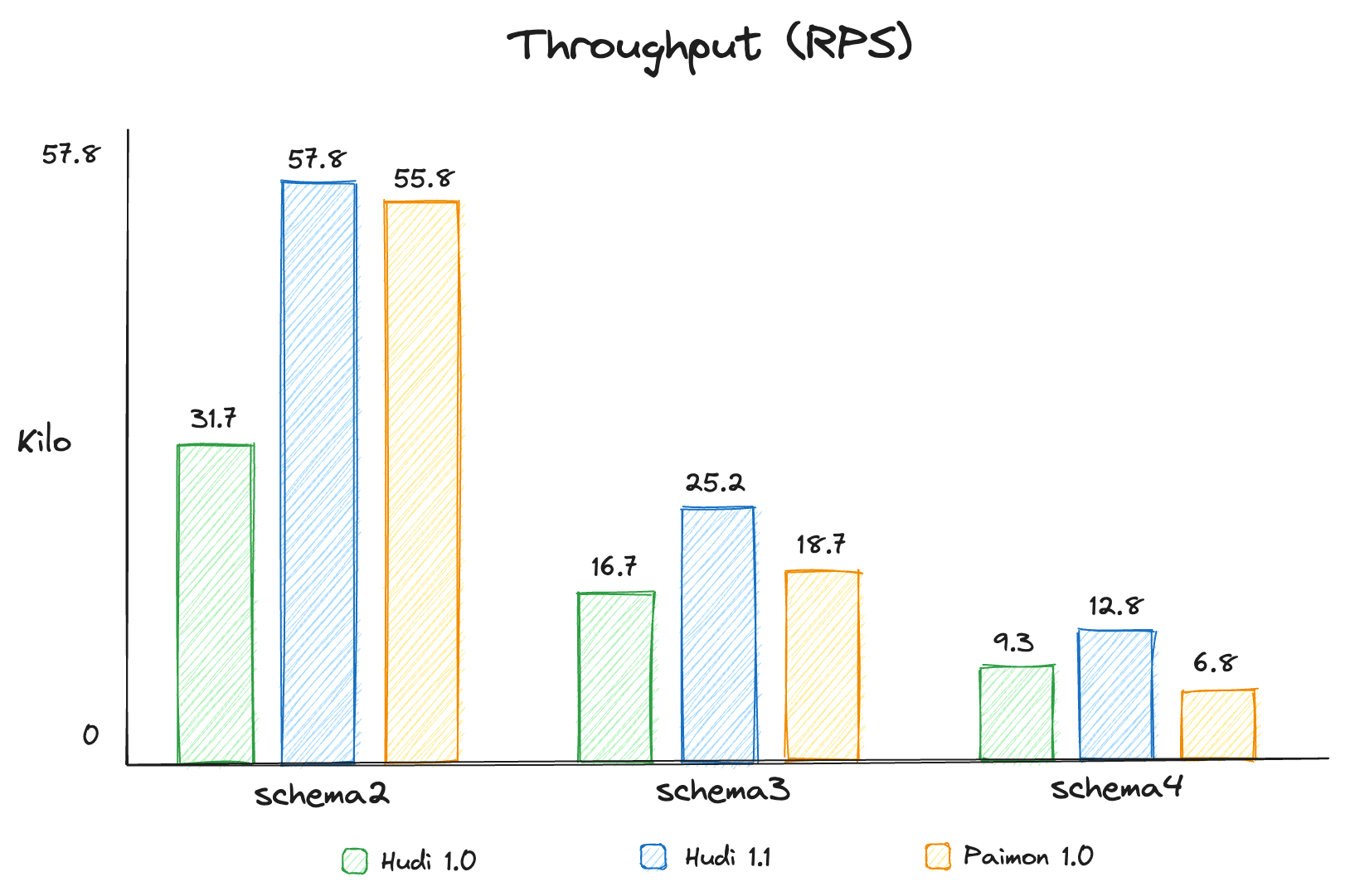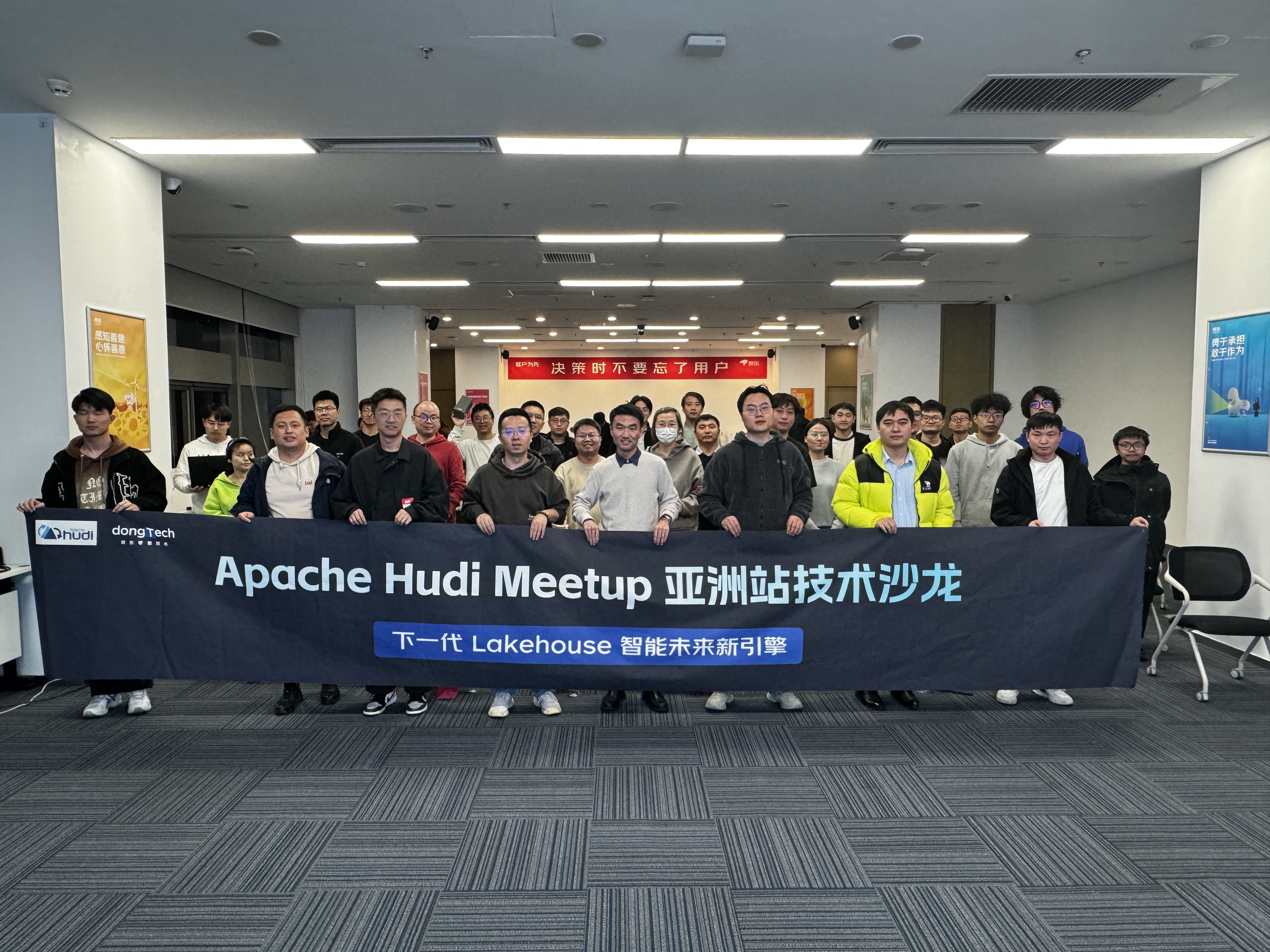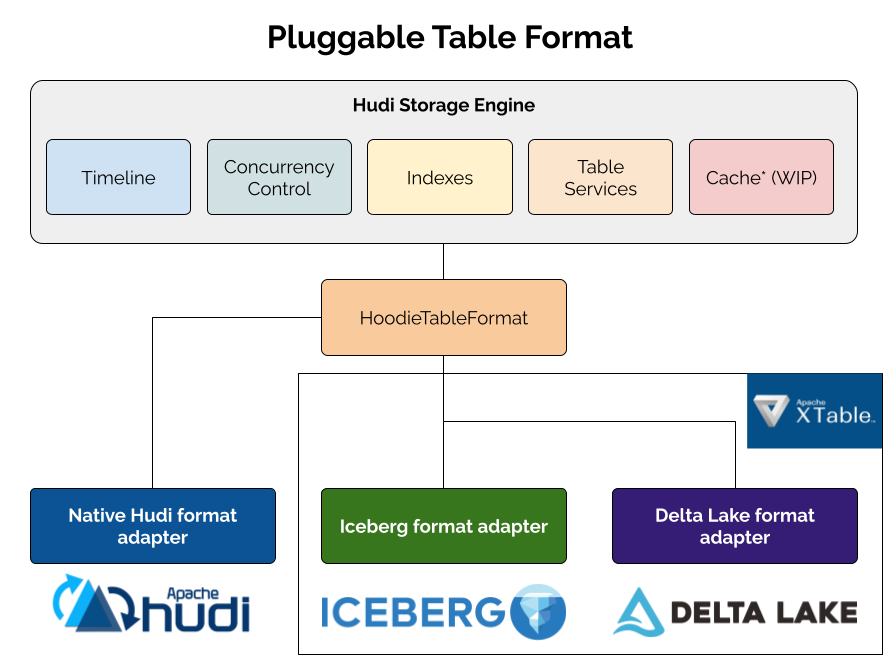Blogs
Welcome to Apache Hudi blogs! Here you'll find the latest articles, tutorials, and updates from the Hudi community.
All Blog Posts

Maximizing Throughput with Apache Hudi NBCC: Stop Retrying, Start Scaling

From Batch to Streaming: Accelerating Data Freshness in Uber's Data Lake

Apache Hudi 1.1 Deep Dive: Optimizing Streaming Ingestion with Apache Flink

Mastering Schema Evolution with Apache Hudi

Next Generation Lakehouse: New Engine for the Intelligent Future | Apache Hudi Meetup Asia Recap

Apache Hudi Dynamic Bloom Filter"

Apache Hudi 1.1 is Here—Building the Foundation for the Next Generation of Lakehouse

Deep Dive Into Hudi's Indexing Subsystem (Part 2 of 2)

How FreeWheel Uses Apache Hudi to Power Its Data Lakehouse

Deep Dive Into Hudi’s Indexing Subsystem (Part 1 of 2)

Partition Stats: Enhancing Column Stats in Hudi 1.0

Modernizing Upstox's Data Platform with Apache Hudi, dbt, and EMR Serverless
Showing 1-12 of 301 posts